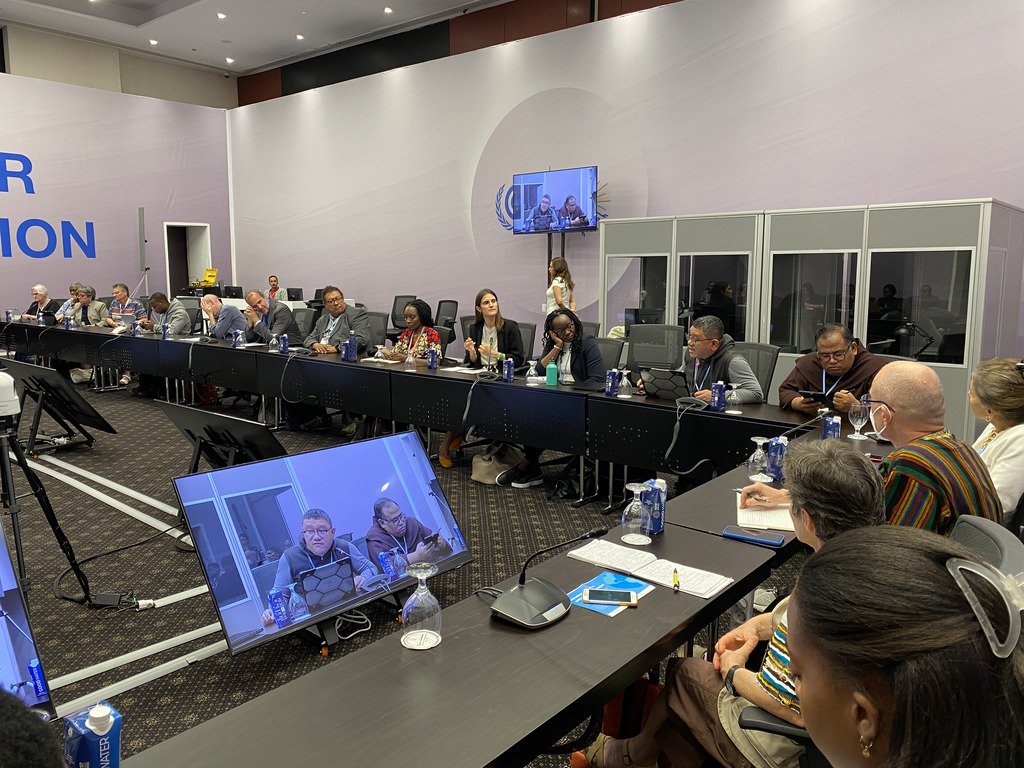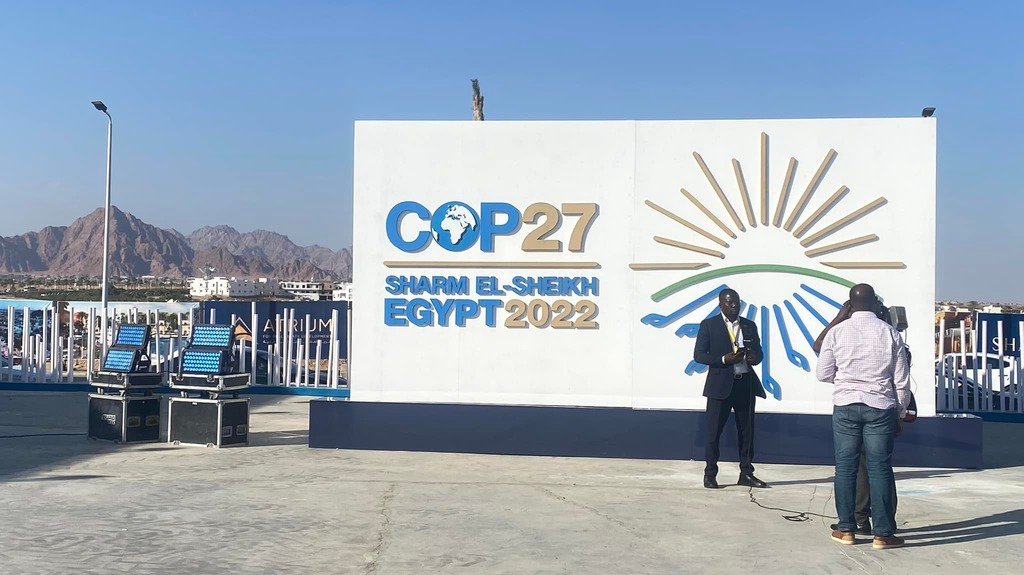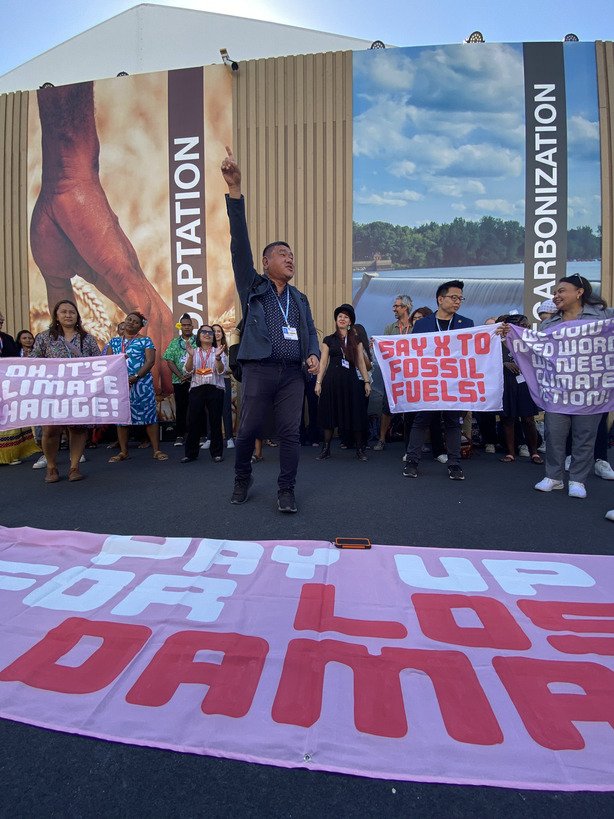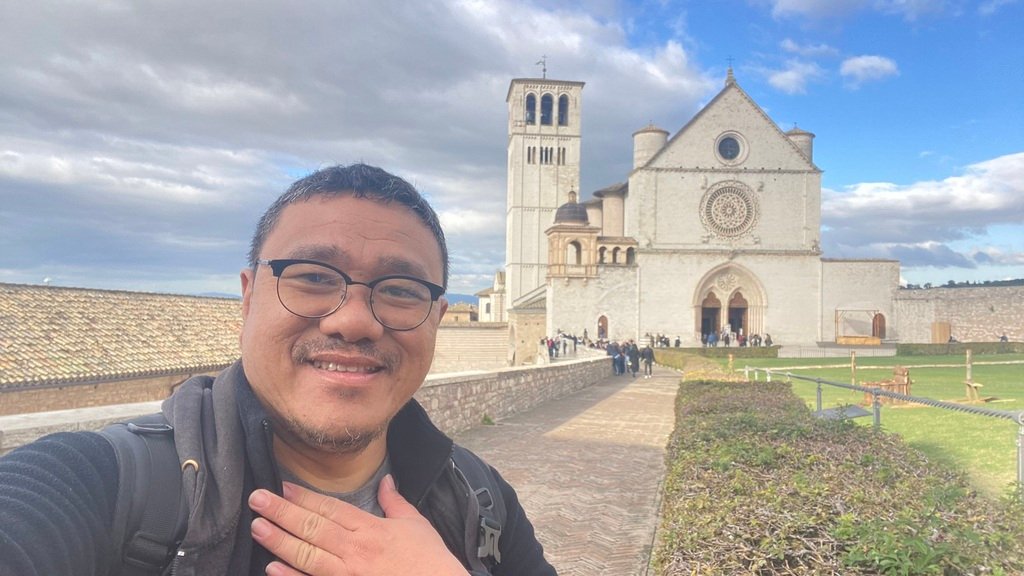Introduction Patrick Kasingsing and Gabrielle de la Cruz
Interview Gabrielle de la Cruz
Images Rodne Galicha and Emmanuel Maceda via Unsplash
The year that was
Merriam-Webster’s “gaslighting,” Messi’s ‘crowning’ at the FIFA World Cup, the rise (and imminent fall?) of Musk-era Twitter, the monumental departures of Queen E and Pélé, and the continuing turbulence in Ukraine and Iran… 2022 sure was a memorable ride, for better or worse.
On local shores, 2022 hosted a significant election, one whose outcome is still the subject of myriad Facebook groups, heated debates, and countless memes. It also broke records for dollar-to-peso exchange rates and the price of the humble onion, and paved the way for the return of concerts, exhibits, and other public gatherings (along with the pre-pandemic traffic situation, unfortunately).
YES 2023
It is in the spirit of tenacious optimism that we at Kanto look back at 2022, parsing through the past year’s opportunities and challenges to find lessons and insights that can help arm us for the year ahead.
Welcome to Kanto’s first Year End Special or YES 2023—a collection of conversations with creative professionals who help us unpack a year’s worth of lessons and insights, along with their forecasts and wishlists for the year ahead.
A conversation with environmentalist, Rodne Galicha
To ponder on the situation of our natural environment in 2022 and his hopes for the nation’s progress in accomplishing the 17 Sustainable Development Goals in 2023, we talk with environmentalist and human rights activist Rodne Galicha. He is the executive director of non-profit organization Living Laudato Si’ Philippines and is the acting chairperson of civil society network Aksyon Klima Pilipinas. In this YES 2023 interview, Galicha walks us through his continuous fight for climate justice and reveals some of the man-made obstacles that limit the capacities and possibilities nature can provide.


Hello, Rodne! How was 2022? Did it feel cold in your area during the holidays?
Hi Gabrielle. Thank you for starting with this question. Many are saying that the past December was colder than the previous months before it but if we look at it from a larger perspective and check the historical average from 1901 to 2022, the reality is that it’s actually getting hotter.
The cold that we’ve experienced 20 years ago and especially the cold from a hundred years ago is entirely different from what we are currently experiencing. Everything is changing because of the climate crisis.
My 2022 was honestly full of challenges, but there were successes and there were hopes. After the mid-year climate conference in Palm Germany, I spent some months in my hometown, Cebu, specifically on Sibuyan Island (also known as the Galapagos of Asia). The local government there has actually lifted the suspension of a mining operation on our island. Right now, a road piercing through our forest has been constructed and there are two or three ports due to mining.
What makes me really sad is the fact that while we’re standing up to address the climate crisis globally, when I go back home, there are projects being implemented by the national government that are not actually in sync with what we should do about the ecological crisis.


I’ve read a lot about your fight for mining reform since you started. How did the mining issues in your hometown push you to strengthen your resolve on environmental and human rights?
Mining was why I started advocating for climate justice around 15 years ago. This fight literally just hits close to home, which is why it is very close to my heart. I think what complicates projects such as this, even more, is when power and money start to get involved.
It really disappoints me when certain projects are implemented and processed without the knowledge of the people, when vested interests interfere with environmental concerns.
But what I have learned over the years is that we have the power as the people. People have the right and the power to stand up for their sustenance and their existence. We must defend our environment amidst all these developments. We need to go out of this box of industrialization. We need to have a revolution that centers on sustainability.
You mentioned going out of industrialization. From your perspective, what is it about industrial developments that threaten our natural landscape? How do you think we can change these?
Infrastructure projects such as causeways, bay walks, reclamation projects, and even the Build, Build, Build program are projects by people. For these projects to improve, people need to improve. We need to look at these projects more deeply through the lens of sustainable development. We don’t realize how much we harm the environment by cutting down trees and mining. We sacrifice the environment and the ecosystem just to provide for the needs of these larger infrastructure projects. We need to ask first: Are these projects worth it? Will these be good for the people? Will these be good for the environment?
We always assert that development is not only about industrialization. The standard should be a project that is able to address the needs of the present without compromising or sacrificing the capacities and abilities of the next generation to survive.
I’d like to mention the recently held Convention on Biological Diversity or COP 15 last December 2022 in Montreal, Canada. In this event, governments from around the world came together to agree on a new set of goals to guide global action through 2030 to halt and reverse nature loss. This is how it must be, we must always assess any project or program to determine whether or not it will harm our biodiversity. Biodiversity is what gives us life, livelihood, clean water, and clean air.


What changes in the environmental landscape did you observe in 2022? Apart from the event you mentioned, were there any environment-focused efforts or conferences that stood out for you in the past year?
As I mentioned earlier, 2022 was full of challenges, but there were also successes and hopes. In the Philippines, there were situations when we needed to be vigilant, as we had to welcome a new administration.
I say that 2022 was full of hope because it was a transition period. We’ve learned a lot from the last two years when we experienced the COVID-19 pandemic.
Currently, we do not know yet what’s put in place for the Philippine environment. Many promises have been made—taking care of our natural resources, getting renewable energy, and acting on the climate crisis. However, there are still no definite actions when it comes to those promises. We need to look at how the various issues are being addressed by the present administration.
Another event that I liked was COP 27, a Conference of Parties Climate Change Conference. This happened in Sharm El-Sheikh, Egypt last November. I was there to witness the agreement of nations to have a financial arrangement, a mechanism to address loss and damage. I believe that is a win for the United Nations Framework Convention on Climate Change. It will ensure that further losses and damages will be funded, including historical losses and damages.
However, I think this is just the icing on top of the cake. What nations must do is really stop using fossil fuels and stop creating projects such as mining, large dams, and reclamation that will exacerbate the impact of the climate crisis.


The COVID-19 pandemic was responsible for a lot of societal changes. What pandemic-influenced sustainable developments did you see in the past year? What about pandemic-brought environmental challenges?
We were reminded that we can survive within the auspices of our homes. We relearned segregating our waste and planting became a thing again. People went back to riding bicycles, leading to minimized pollution. For a while, we experienced what it was like to have cleaner air because there were fewer car emissions.
I’d say that the pandemic taught us to rediscover ourselves and reflect on why we exist and why we coexist with the environment. We were able to go back to the basics of life.
One of the challenges that the pandemic brought is the use of a lot of plastics. To mitigate this, we need to make further efforts toward sustainability. Cities and municipalities even had ordinances to ban single-use plastics, which was really a great start. We now receive most of our delivery orders and groceries in paper bags. I hope we can maintain this and challenge ourselves more in getting raw materials for paper bags.
Overall, the pandemic reminded us of how we Filipinos are creative. There are alternatives and the government should support us across all these innovations.
If there’s anything that the environmental situation in 2022 taught you, what is it? How do you want people to learn from this too?
The biggest lesson I learned this 2022 is that we still need to get our efforts together for the Philippine environment. We cannot rely on the promises and pronouncements of the government. We need to hold them accountable. We need to participate in the democratic processes provided for by the constitution. As citizens, we have the right to scrutinize and participate in the planning and implementation of problems and programs of the government.
We need to carefully choose our leaders. Other people may say “whoever is there, we don’t care.” But we all know that our future and the future of our surroundings also depend on a leader that is visionary, someone who is full of action, someone that we can rely on whenever and whatever. We need leaders who show up, leaders who support whatever it is that we as a people may need.


What you do to fight for climate justice is really inspiring. What keeps you motivated?
I personally don’t like how politicians take advantage of or meddle in environmental concerns. They say it’s development, but when we ask for the environmental impact assessment or documents, we are automatically branded as people who oppose development. This in itself is worrying.
Standing up to powerful people can be worrying, sometimes even scary. But we’re talking about lives, our homes, our islands, our surroundings. If we love all these, we need to do our best to take care of them in any way we can.
This is not only about us. It’s about letting nature and ecosystems grow. Nature will always survive and nature will always thrive. But there shouldn’t be situations wherein we force nature to thrive and be more abundant just for our needs to be met.
We need to realize that we are nothing without the help of nature. We need to be reminded that when nature strikes, we have no control. That’s the balance in the ecosystem. This is why we must fight for equity—meaning nothing and no one gets left behind. We must protect even the most vulnerable, from us people to the butterflies, the worms under our grounds, and even the smallest microorganisms.
Environmental efforts have also evolved through time. With everything going digital nowadays, how does social media assist in the fight for climate justice?
There are still many efforts to be done. There are basic weather prompts, climate change pages, typhoon alerts, and others. It’s a good start. But I think what we should really look at are character, attitude, and values. There are so many influencers now on the internet. What if we integrate environmental awareness and protection into their platforms? We need to seek and convince more people to use their voices to call for care.
We don’t have much data yet on social media, but if we intensify our campaign for the environment, the virtual world can do so much for our physical environment. If strong platforms such as Facebook, Instagram, and Tiktok can develop something and gather people, we will be open to working with them. It’s all about gathering for the social good.
You’ve had a busy 2022. Did you get to take a few breaks? How did you spend your downtime?
There wasn’t much downtime, but I relearned cooking this 2022. One of the things that I am also grateful for is how I got to travel to Assisi, Italy, where I traced the beginnings of the life of St. Francis of Assisi. I am inspired by his passion and compassion for the protection of our ecosystems and the poor. Our work at Living Laudato Si’ Philippines shall be continued in the spirit of listening to and acting on the cry of the earth and the cry of the poor.


How do you plan to continue your endeavors in 2023? Can you let us in on some of the plans you’ve set work and personal-wise?
I’ve been doing things for others almost my whole life. I don’t have my own home, I don’t have a car. I want to do more personal activities in 2023. A vegan restaurant is in the plans, a project that can help me further my advocacy for sustainability and plant-based food and source.
For Living Laudato Si’ Philippines, our work continues. We have a media outfit called OeconoMedia and we are hoping that we can provide more stories of the most vulnerable communities such as parishes and organizations working for the planet and the poor. We are also hoping to open an OeconoMedia office in the Vatican soon. We need this media outfit to be more stable so we can tell more stories through the lens of faith, culture, and community.
I am also currently the chairperson of Aksyon Klima Pilipinas and we will continue to engage with the government in order for civil society to participate more in environmental programs.
We will also continue engaging with the communities we represent to fulfill our promise of putting their interest first.


With all these environmental plans for 2023, what do hope to see in the coming year? What are your dreams for our environment?
The Philippine environment was and continues to be threatened. Many infrastructure projects are still not in sync with what the 17 Sustainable Development Goals are all about. We still have seven years to address targets and take action on attaining the 17 Sustainable Development Goals.
We hope that the National Land Use Act will be enacted as a law here in the Philippines. It has been sitting there for a very long time. We also hope that the Climate Change Act will be reviewed so that the present scientific situations, probabilities, and projections will be integrated and the act will be up to date. I also look forward to the realization of the promises of the presidency. Action is needed, not only words.
I do not dream of having cars or homes. But I do dream that our common home, the earth, will be a good place for us to thrive so we can all live in harmony with nature. •
Gabrielle de la Cruz started writing about architecture and design in 2019. She previously wrote for BluPrint magazine and was trained under the leadership of then Editor-in-Chief Judith Torres and then Creative Director Patrick Kasingsing. Read more of her work here and follow her on Instagram @gabbie.delacruz.


